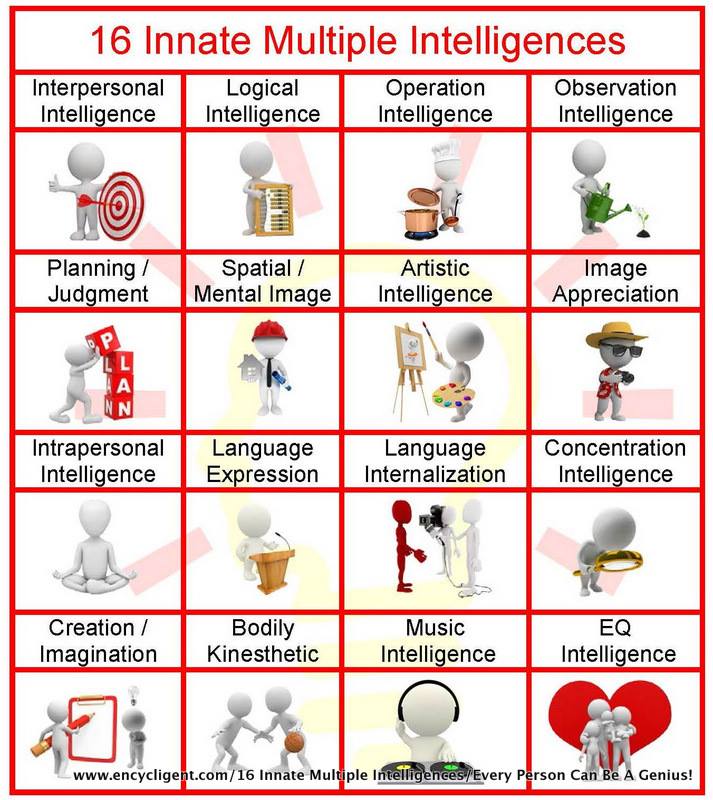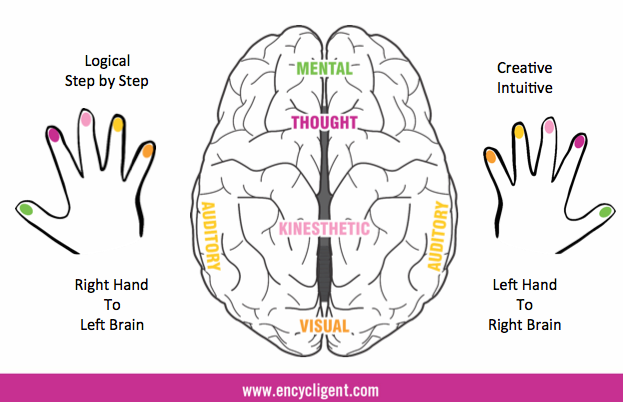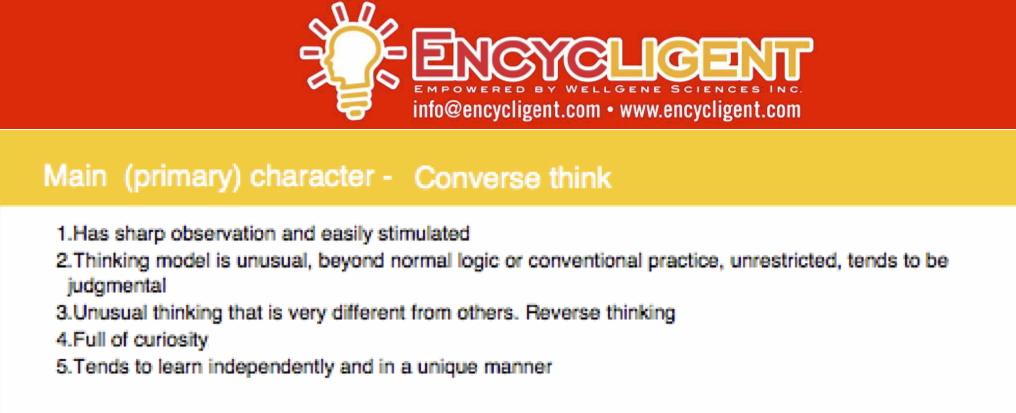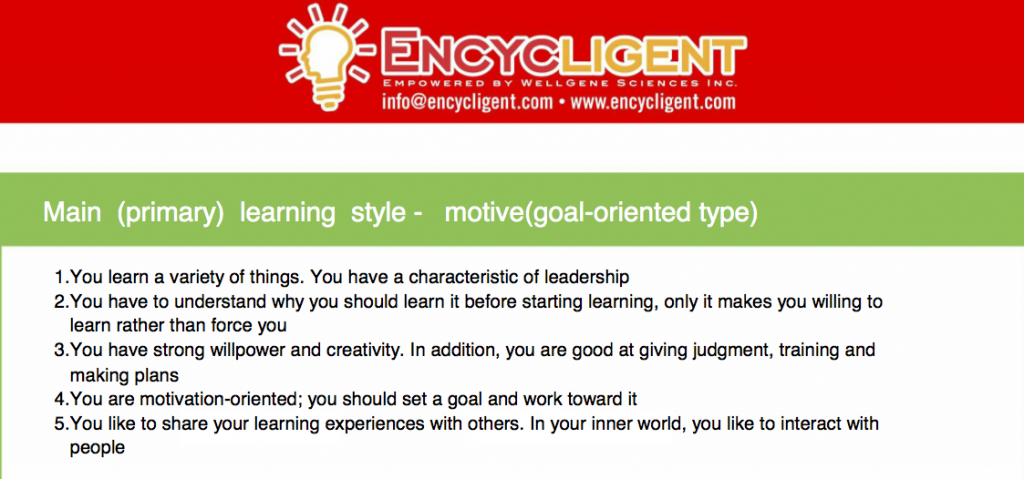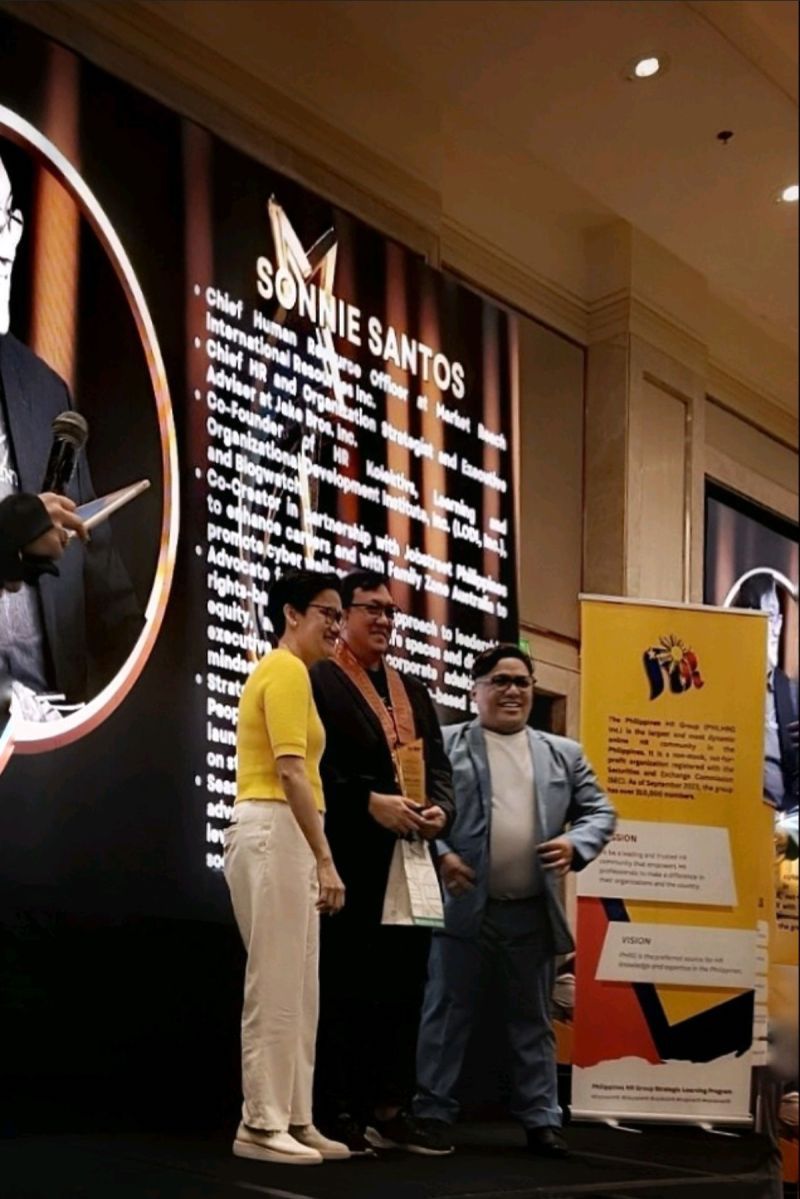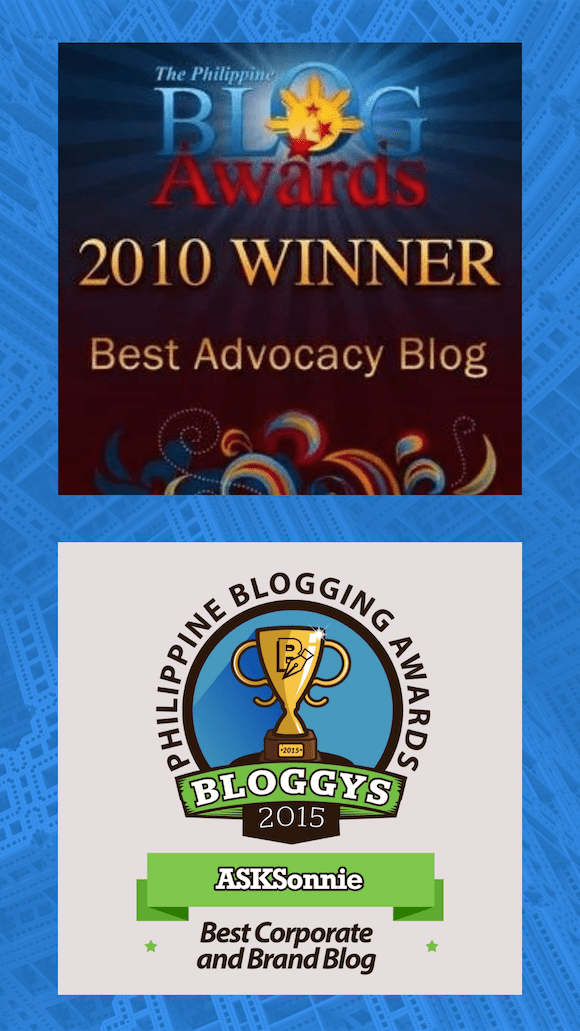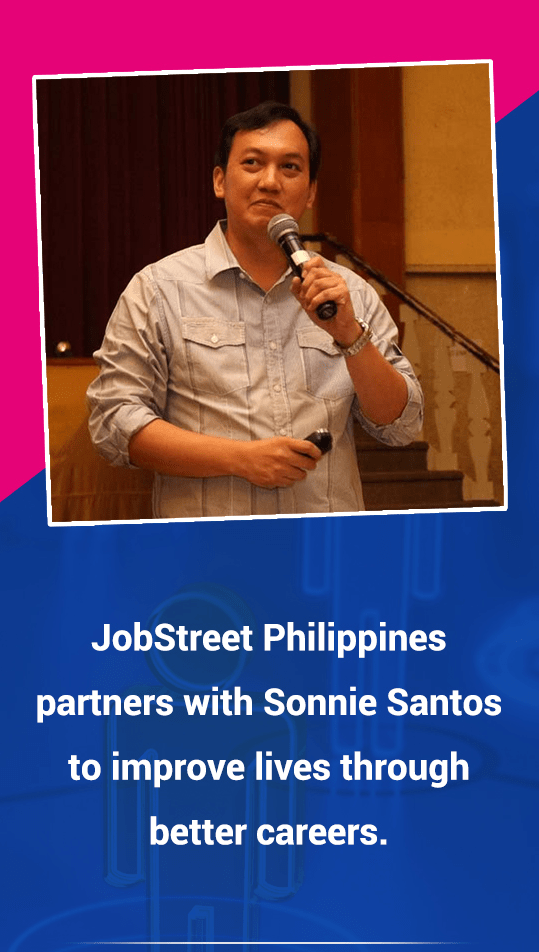Can DMIT or Dermatoglyphics Multiple Intelligence Test, help in selecting the right talent and help HR in retaining good employees?
As former AVP of Human Resources and corporate practitioner for more than 2 decades, I am no stranger to the challenges facing my colleagues on finding and retaining the right talent. And to make things more interesting, the population of millennials are growing steadily in the workplace plus the looming ASEAN integration on 2015. More than ever, HR has to develop new strategies and explore various tools to address these twin talent management problem.
Dermatoglyph and 16 Multiple Intelligences
At the 17th Learning EB, we had the privilege to hear straight from the horse’s mouth, how 16 Multiple Intelligences can help HR in Talent Management.
Dr. Rosana Sy, owner of Encycligent, explained the evolution of multiple intelligences from 7 to 8, and from 8 to 16. Most of us are aware of the 8 Multiple Intelligences introduced by Dr. Howard Gardner. But a Taiwanese professor, Prof. Lin, used Dr. Gardner’s framework to introduce 16 Multiple Intelligences , these are:
Furthermore, she explained that an employee’s innate intelligences determines not only his learning and working styles, but a career that will give him the most satisfaction.
This information can help HR in assigning a person “to the right seat and the right bus“– hiring errors can be minimised and employee engagement can be interest specific.
But the question is, HOW do we get these information?
Dermatoglyphics and DMIT
Dr. Sy further explained that dermatoglyph and DMIT can provide HR these information.
Dermatoglyph came from the greek words derma = “skin” and glyph = “carving”. It is the science of fingerprint analyses. DMIT on the other hand, is a tool that showcases a person’s innate strengths, working and learning styles as revealed by his fingerprints. Unlike other HR related tests, DMIT is only done “once” in a lifetime. It can be undertaken anytime after birth.
Initially, I thought DMIT is akin to fortune telling, but Dr. Sy explained that dermatoglyph is not. Dermatoglyph is a science because it established the connection of fingerprints to genetics and human brain. Likewise, fingerprints are fully formed inside the womb and WILL NOT change, while palm lines change as we grow older.
Because of this explanation, my knowledge on the use of fingerprints is no longer limited to biometric timekeeping, COMELEC, NBI and Police use, hahaha.
DMIT, A New HR Tool for Talent Management?
After digesting the information shared last learning EB, there is no better way to validate the potential of DMIT as HR tool than to check “my own” DMIT result and evaluate the report IF THE INFORMATIONS GIVEN can be used in talent management.
Below are screen shots of the not too personal information of my fingerprint analyses:
Per my fingerprint, these are my innate intelligences:
The sun icon represents my strength by birth while the moon are intelligences that I ALSO HAVE by birth but needs intervention to become a strength. The star on the other hand are intelligences that I DON’T have by birth. But the lack of these can be acquired thru formal education, and in my case, these became a strength thru the years. The difference between the innate intelligences represented by moon and stars is this- the intelligences acquired under stars can be lost in a traumatic accident.
Per my fingerprints, this is my personality:
Per my fingerprints, this is my primary character:
Per my fingerprints, this is my primary learning style:
Finally, these are the career recommendations, according to my fingerprints.
The result of my DMIT is highly accurate with few “ganun” moments. The career recommendations confirmed my interests. Since I am presently into HR, Marketing and currently GM of my own consulting group, I can say that the satisfaction and energy level is in a different level.
But can this be a helpful tool in talent management?
Consider again the screen shots of my DMIT report.
Assuming I am your applicant, are the informations given value adding enough so HR and the Department Head concerned can make an intelligent decision to hire me?
If, on the other hand I am your employee, can you use the report to develop a career path, keep me engaged and reasonably happy so I will climb the corporate ladder and not leave the company?
I will let you be the judge…. your thoughts please.
ASIDE:
We are also thankful to have Darwin Rivers and Penny Bongato as co-speakers of the 17th edition of WSPHs Learning EB.
Darwin talked about “the trends and challenges of talent management” while Penny discussed about “solving the challenges of talent management”. You can preview the three powerpoint presentations below:
Likewise, feel free to grab your pictures below, photos courtesy of Encycligent:
Error 100: Your album id doesn’t appear to be accessible.
Discover more from ASKSonnie.INFO
Subscribe to get the latest posts sent to your email.

